Horseback riding: advantages, disadvantages and key recommendations
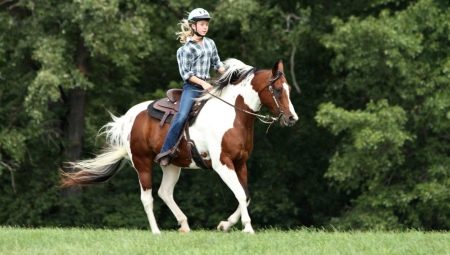
Horseback riding, horseback riding sounds tempting, doesn't it? Who at least once did not want to try himself in the role of a rider, to rally with an intelligent and noble animal, to draw on his energy? Surely such a desire came to everyone. But doubts, fears, stereotypes can interfere with the fulfillment of desire. It's time to figure it out!
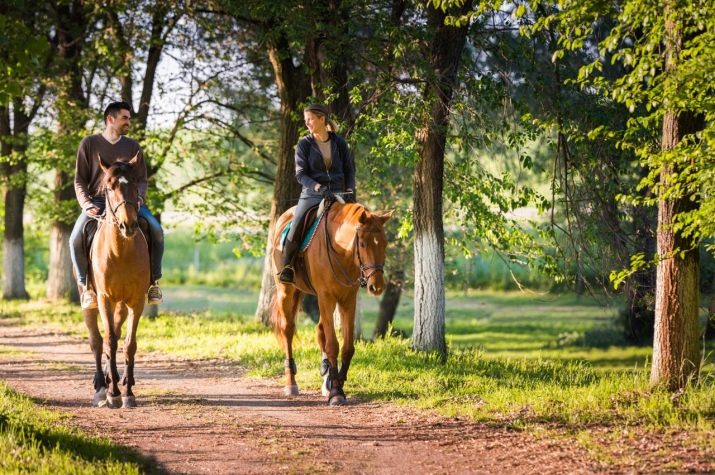
The benefits and harms of horseback riding
Horseback riding does not have clear age restrictions, they are all focused within reason. If a person is old enough to evaluate the trainer's commands and carry them out, if he is generally healthy, he can sign up for horse riding lessons. If this is an elderly person, but there are no serious health problems, he can also start practicing equestrian sports.
Usually these classes are of interest to adolescents and people under 40-50 years of age. The closer a person is to the pre-retirement age, the lower his desire for such vivid physical activity.
How horse riding affects the body:
- all muscle groups are toned - this can be compared with a natural massage;
- posture improves, since horse riding is demanding on this point;
- the vestibular apparatus is trained, which is useful at any age;
- blood circulation improves;
- stress, tension goes away (more than once cases were recorded when horse riding brought a person out of depression);
- self-confidence develops.
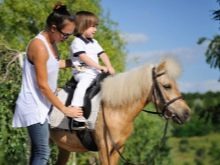
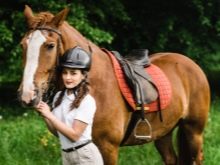
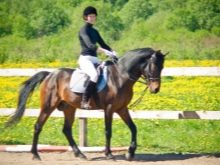
Horseback riding as a hobby is one thing: not very frequent walks in the park under the supervision of an instructor, equestrian sport is another.It requires a more serious approach, children and adolescents must get a certificate from a pediatrician that they can do this sport.
If you just love to ride in a harnessed sleigh in winter, this is nothing more than fun, leisure. Of course, it cheers you up (which is good in itself). Horseback riding requires physical activity and high concentration. If a person has chronic diseases, then in the stage of exacerbation it is impossible to ride horses. If a child or an adult has asthma, horse riding is also a big question. An allergy to horse dandruff also puts an end to riding.
Winter sledding today can be called exotic. If you are intimidated by horse riding, and interacting with an animal is interesting, you can start with sledding.... The instructor will tell you how to do it correctly - what is possible and what is not, how to observe safety precautions.
The main thing is to make sure that you get into a serviceable sled, that the organization providing this service has the necessary documents.
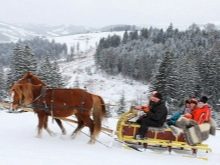


Views
If we are talking specifically about horseback riding, and not about sledding, when you, as a passenger, are rushed by a harnessed sleigh, you can distinguish and describe the types of riding.
- Dressage. This is the very art of controlling animals in different gaits - piaffe, passage, gallop, trot, stride, etc. Competitions in these disciplines are held in a small area according to special programs. Dressage is a sport that can be seen at the World and European Championships, at the Olympic Games.
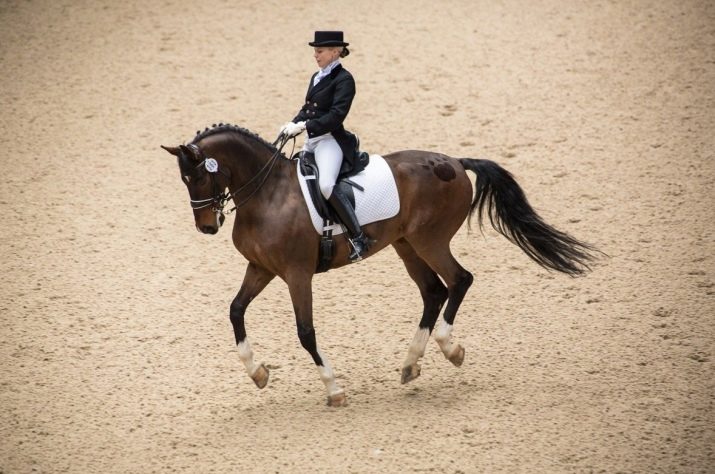
- Show jumping-hippik. This is the name for overcoming obstacles (artificial), which number from 6 to 13. It can be held in the following categories: relay, hunting, upper class, etc. Jumping-ippik was included in the Olympic program, as well as in pentathlon.
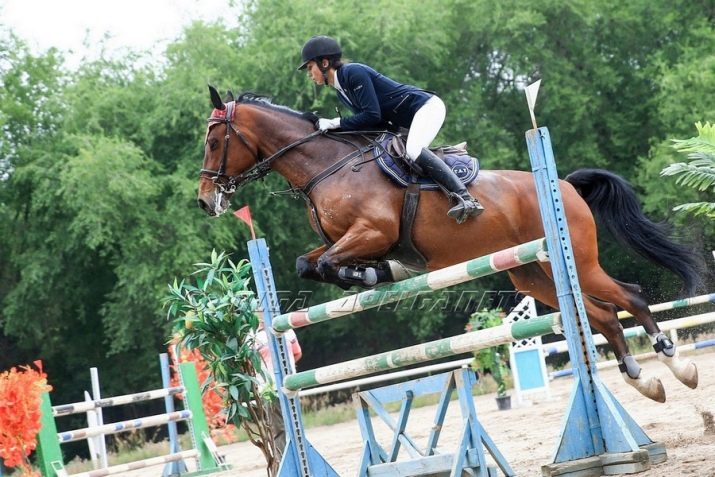
- Triathlon, biathlon. Eventing includes overcoming obstacles, dressage riding and field trials. Combined events do without field riding.
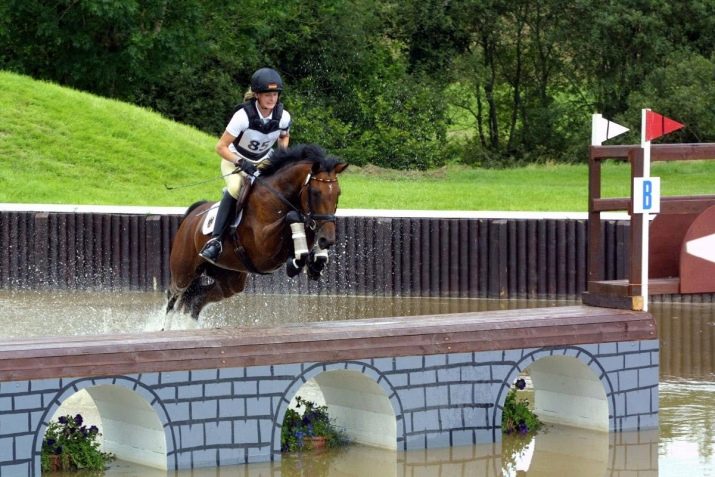
- Horse racing. They are divided into subspecies - there are smooth, there are barrier, there are national, steeplechase, crosses.
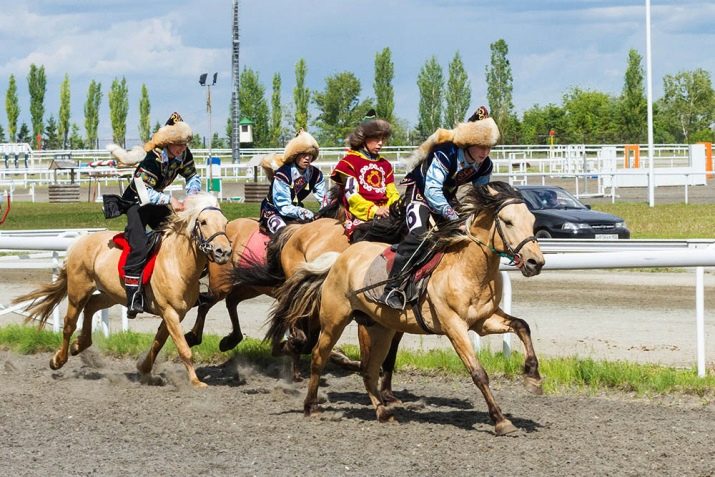
- Horse hunting. This is the name of the parfour ride, which takes place on fields up to 35 km long. Hounds and live animals, or sometimes artificial tracks, are necessarily used in these competitions.
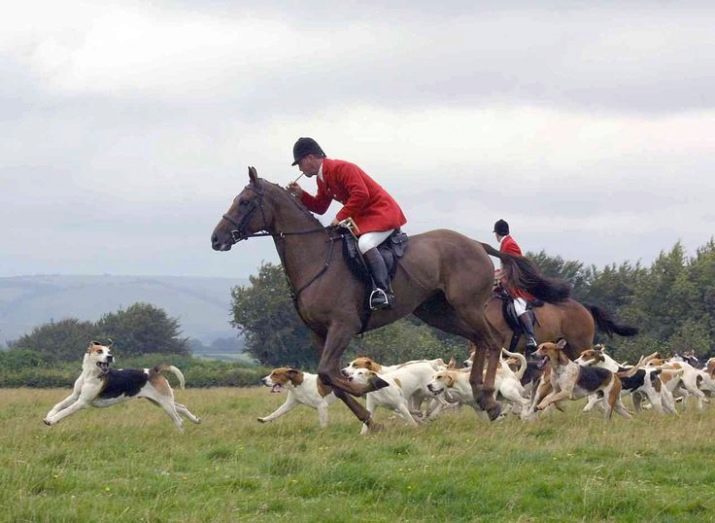
- Horse races. These are endurance tests, referring to multi-hour competitions.

These are not all competitive types. But if you are not interested in sports, but in ordinary horseback riding - for health (physical and emotional), for pleasure - and running a horse at a trot in front of the jury is not in your plans, it is worth focusing on other points. This is preparation for classes, mastering the basics of riding, the ability to establish contact with an animal, etc.
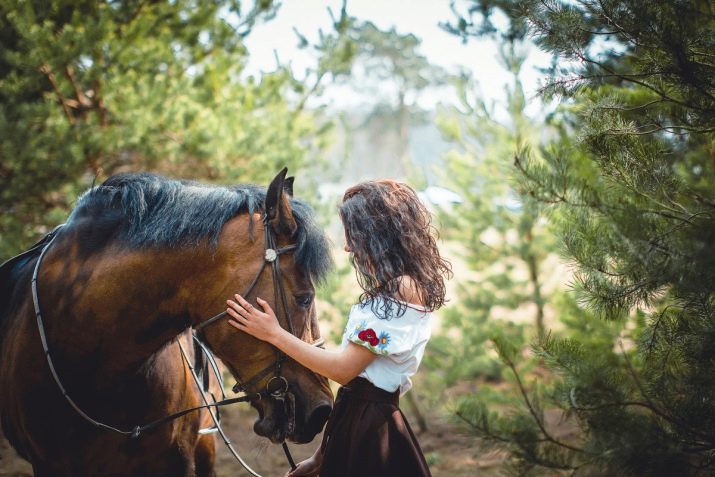
At what age can you start skating?
If it is planned that the child will begin to engage in equestrian sports professionally (that is, in pursuit of the goal of great sports achievements), you need to go to the sports section at an early age. Usually children come to equestrian sports at 5-6 years old, even before school. These are the years most suitable for getting to know the animal, for making emotional contact, and for learning the basics of riding. Purposeful training, namely sports, begins at the age of 8. A child by this age is already responsible and disciplined, without which horse riding is simply impossible.
You can acquaint a child with animals from 3-4 years old: take him on excursions to the stables, contact zoos, to competitions. This imbues the baby with new experience, instills in him an interest in interacting with the animal. But it is important not to overdo it: the child should sincerely enjoy communicating with the horse, a natural interest should form.
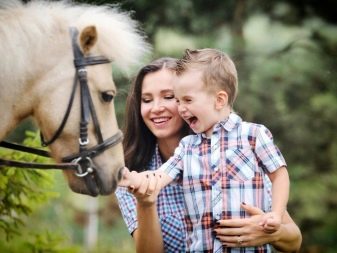
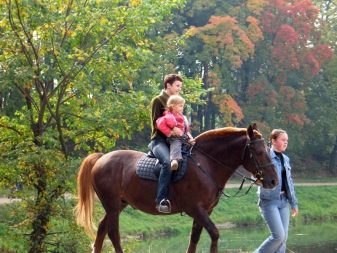
Horse riding is prohibited for both children and adults with diagnosed cardiovascular diseases. If a person has a heart defect, a history of a stroke or heart attack, hypertension, horseback riding, alas, you will have to replace it with something less active.
Diseases of the musculoskeletal system are another taboo. Sometimes horseback riding leads to curvature of the lower limbs. If you fall from a horse, the threat of a fracture in a child with fragile bones increases significantly. Exacerbated by riding and ailments of the small pelvis, kidney disease - this is due to the rhythmic shaking. You should not give a child with a phobia of large animals, with a phobia of heights to equestrian sports. This is not the case where the fight against fear is helped by a step towards the fear. Most likely, the child's neurological and psychological problems will only get worse.
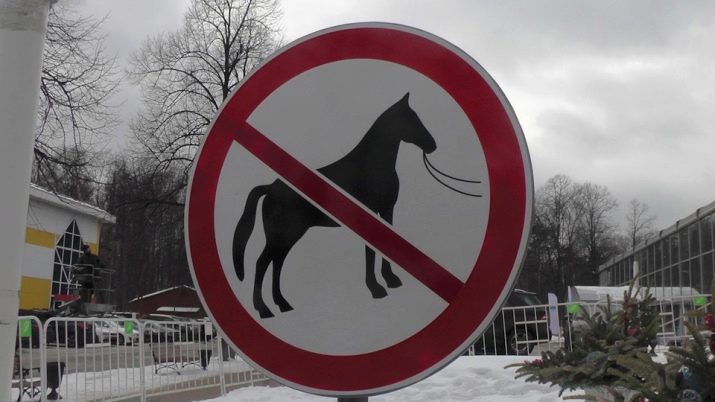
Basic rules for learning to ride
Classes will bring a lot of positive impressions if an experienced professional instructor will undertake to teach you. First you get to know the theory (abstract description), then you put it into practice. Learning from scratch is always difficult, you have to take lessons. But today schools and riding sections are actively opening, where a training program has been developed for beginners of any age.
It is necessary to learn both the ways of interacting with the animal, and the ability to protect oneself (horse riding, riding, first of all, must be safe).
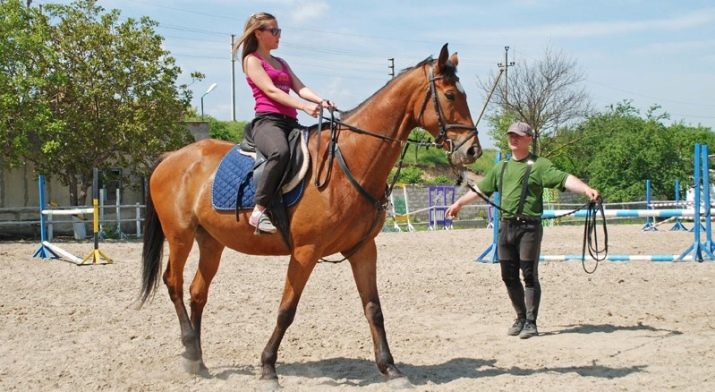
Equipment
You can't do without special clothing for riding. She - and this is very important - should not hinder the movements of the rider. I need trousers and a comfortable vest. It can be somewhat rash to start right away with professional clothing - only when your classes become consistent, the first successes begin, you get special breeches, etc. Women's and men's clothing will not have much difference. In principle, it is not worth attaching great importance to clothing for amateur training. There is a dress code at competitions, it's too early for a beginner to think about it.
Training shoes should only have flat soles to avoid the risk of entanglement in the stirrups. A helmet is an obligatory piece of equipment, without it you cannot mount a horse.
Equipment for the animal is the concern of the equestrian club:
- bridle;
- saddle;
- bandages;
- girth;
- gel or fur;
- walking blanket.


Experienced riders can compete bareback, but for beginners this is simply unimaginable.
Meet the animal
If the horse is a training horse, then in most cases it does not feel aggression towards the new rider. Such animals, one might say, have developed professional loyalty.
The acquaintance itself takes place in several stages.
- Gently, without fear, pat the animal by the neck, stroke, pat it slightly. Horses like such caresses, they tune in to the welcome wave.
- If an animal behaves cautiously, even aggressively, there may be several reasons. Either the horse is unwell, or it is so trained to behave with strangers, or it is spoiled. If the animal is negatively disposed, its ears are pressed back or become a house, its legs are tense, its tail and head are raised. The horse needs to be stroked in the same way, talk to her affectionately. She will relax and lower her ears - this means she made contact.
- Complementary feeding is only possible if authorized by the instructor. You do not need to bring anything with you (all the more secretly).
- Turn your back to the horse, snuggle against the animal's neck, throw the reins back.
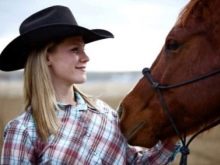
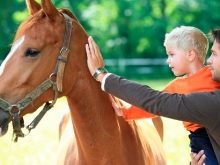

For a horse, pressing to the neck is considered a form of affection. And the person himself relieves his stiffness, tension when meeting. Due to this contact, as experts say, a person gets rid of self-doubt, chronic fatigue, and neurosis is corrected.
How to sit down?
When landing, the rider can grab the mane at the withers - the horse will not hurt, there are no nerve endings in this zone. But you don't need to hold on to the saddle - there is a risk of it overturning. Pull up the halter, take it along with the mane.
Put your left foot in the stirrup, make a jump with a hold on the mane, cross the other leg. Put it in the stirrup, pull up the reins. In the saddle, a person is held by the hips of the legs. Abrupt movements of the reins should be avoided.The animal begins to move if the rider encourages him with his legs.


How to stay in the saddle?
Sit up straight, straighten your back, secure the reins in your hands, lock the reins. To ride properly, keep your shoulders straight. If you lean forward, this is incorrect, if the chest protrudes strongly forward, this gives out tension, which is also incorrect. The back should also not be crooked.
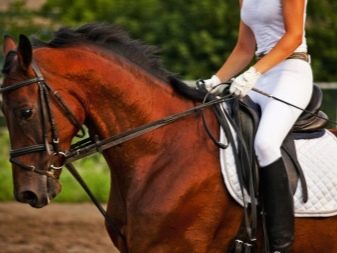
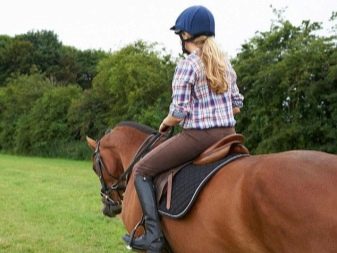
How to stop?
Stopping with tight reins (and many people think this is the only way to stop) is painful for animals. It is correct to stop the horse with the foot and body.
The algorithm is as follows:
- leave your hands on the rein, lean back, move back in the saddle;
- squeeze your hips, press the horse with your knees;
- pull up the rein a little, just to give the animal a hint of your intentions.
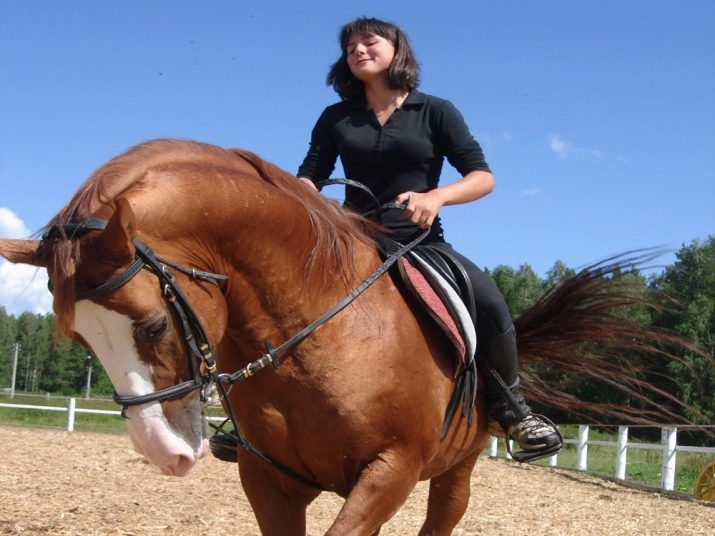
When the animal stops, do not forget to pat its neck. The horse will take this as gratitude. When descending from a horse, you should hold on to the mane, take your leg out of the stirrup and throw it to the other side.
Turns
Light body movements help experienced riders make turns. For the pros, these are proven skills. To, for example, turn the horse to the left on the move, the rider pulls a little on the reins on the left side, while on the right he weakens it. At this moment, the right leg is pressed against the horse's body, as if pushing the animal in the right direction. Turning to the right assumes the same actions, only mirrored.

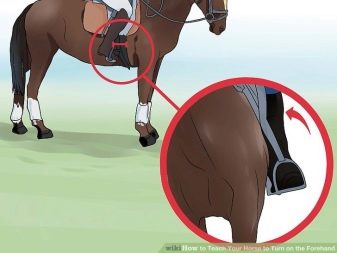
Safe fall
Unnatural behavior of the horse is also possible, it can kick up, carry. The horse is not insured from the fact that he accidentally stumbles and falls along with the rider. Therefore, a person has to learn how to fall correctly.
You can't panic! Try to relax, fall to one side, and as soon as you fall, roll to the side opposite to the horse. This will prevent a dangerous blow with hooves.
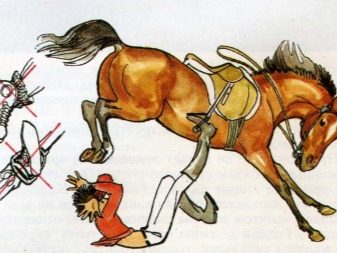
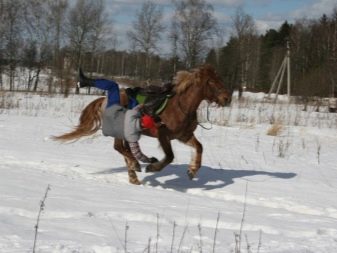
Keeping distance
Every rider is obliged to keep the distance. There should be about 3-4 meters between horses in motion. Animals should not be close to each other, and the rider strictly monitors this. It is impossible to say how they will react to close contact: horses can get scared, show aggression. Riders that move towards each other should disperse with their left shoulder.

What to do after training?
If the horse is very hot after training, you just need to walk at a slow pace. While removing the saddle from her, pat her back affably - this action is also needed to optimize blood circulation.
After horseback riding, you cannot water the horse! It will cool down in 30–40 minutes, and only after that the instructor will give the horse a net with hay and not too much warm water.
Next, you should take care of your ammunition, clean it, wipe it. The metal parts of the equipment can be washed with water, while the leather parts are simply wiped off.
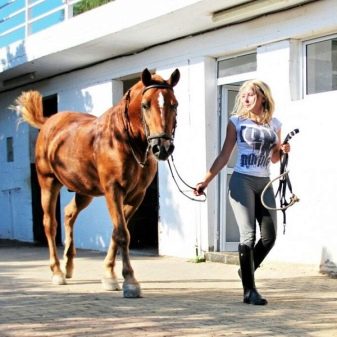
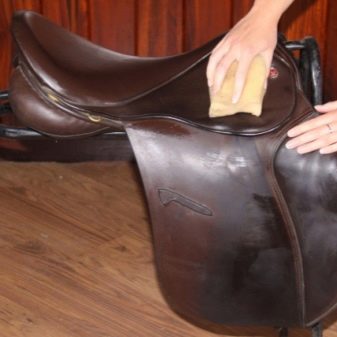
Typical mistakes
Of course, an inexperienced rider rarely refuses to make mistakes. There are those that are very common.
- Tension, fear, fear. Riding a horse itself is a pleasant and enjoyable process. But if a person is squeezed, he will not feel it. If the rider is unsure, the animal may gallop.
- Lack of gear and equipment... If for some reason you haven't put on a helmet, one lesson is enough to face the most serious herbs. This risk is misplaced.
- Wrapping the reins on the hands... This is dangerous because if the horse suddenly carries, you risk breaking your arms. And if you fall out of the saddle, then you will hang and you can get under the hooves.
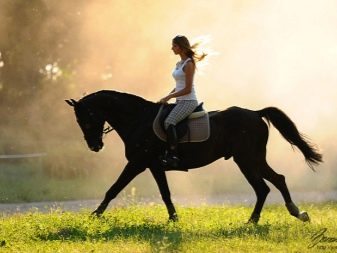
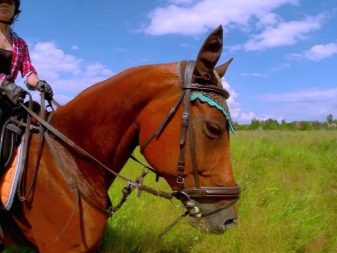
A lot of people who go in for equestrian sports note a huge surge of strength, cheerfulness, and good mood after the lesson. Caring, friendship, closeness to nature - this is also the merit of horse riding.
Follow all the instructor's instructions, do not take risks, do not go for records. Only wise training will make horse riding a pleasant and safe part of your life.
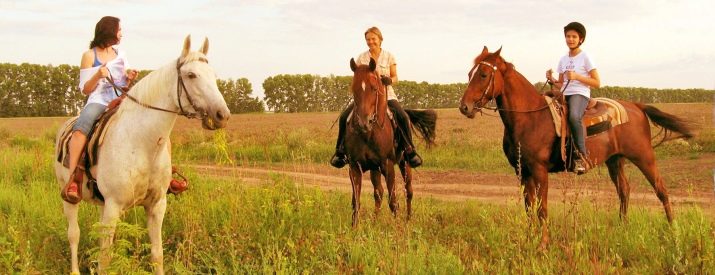
For information on how to learn to ride a horse, see the next video.








